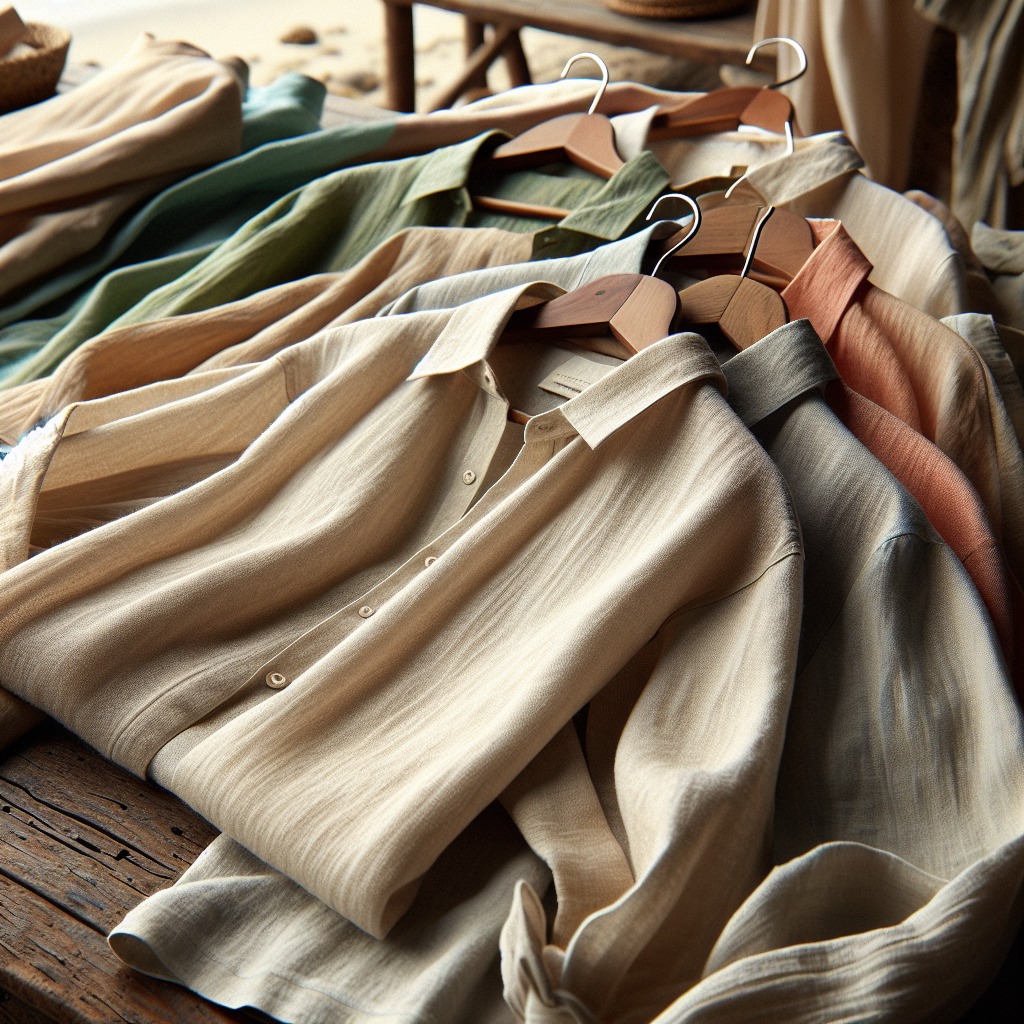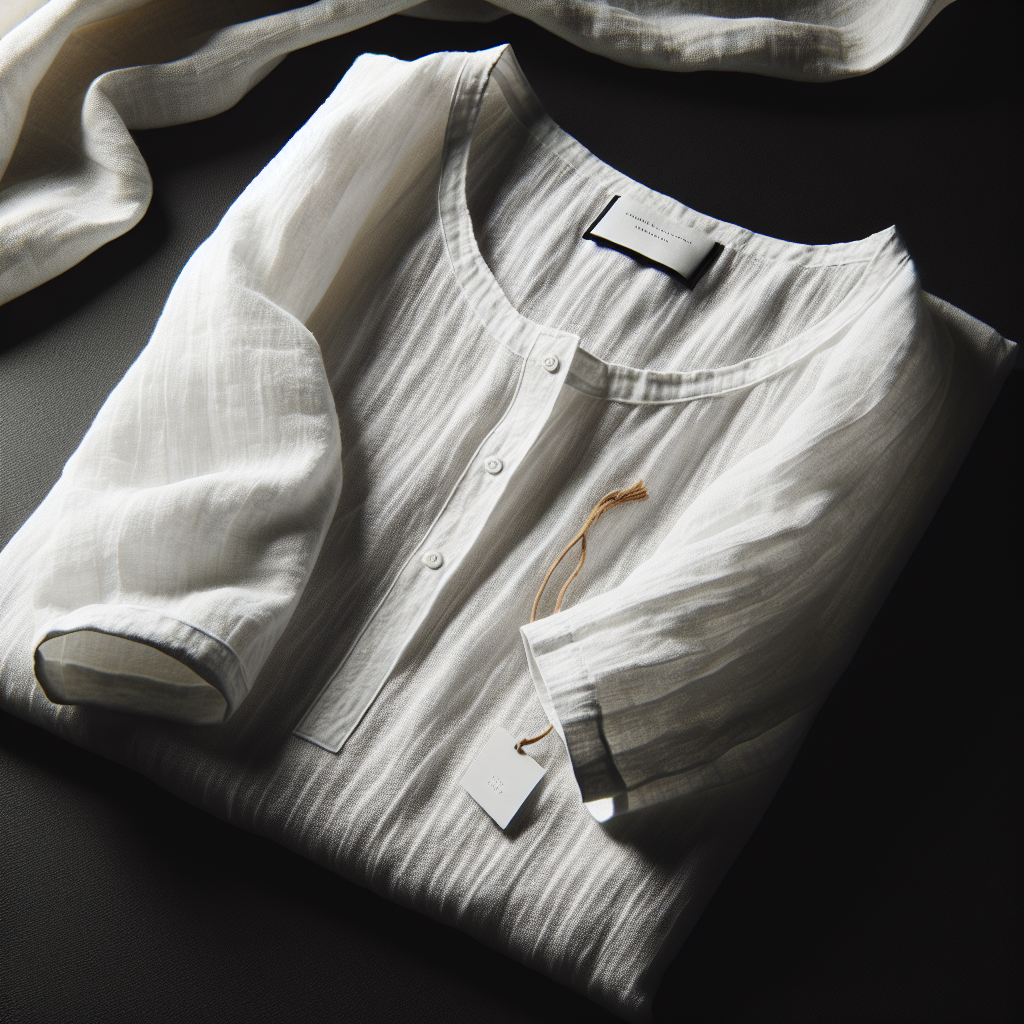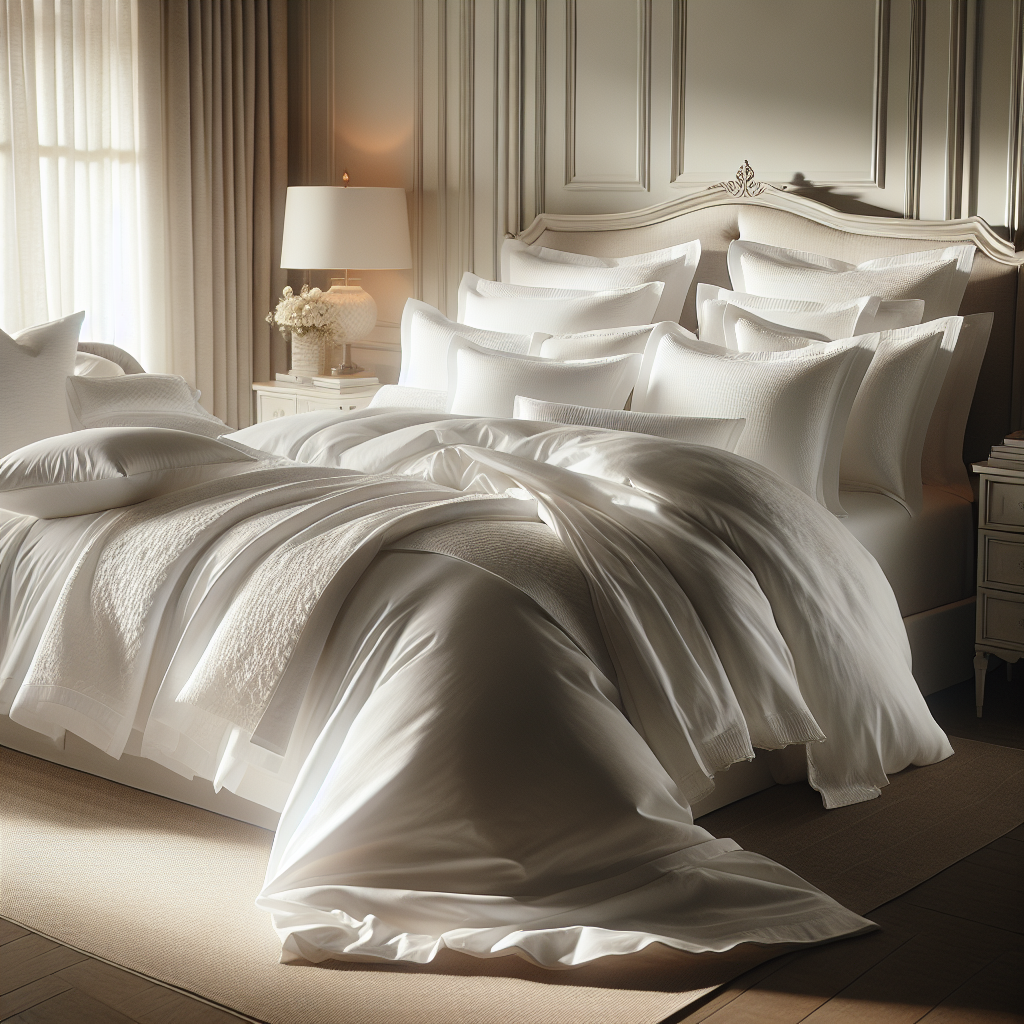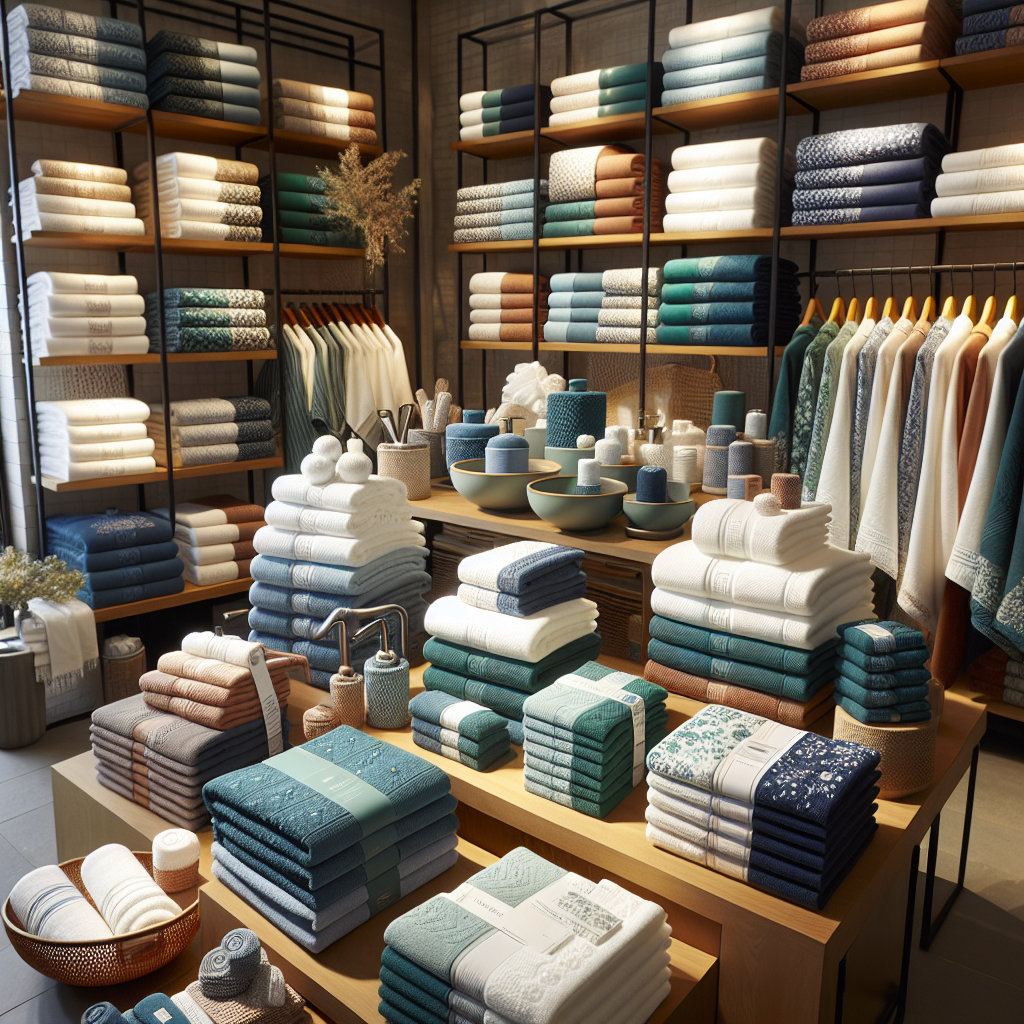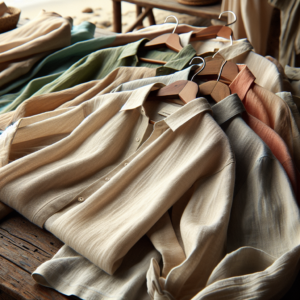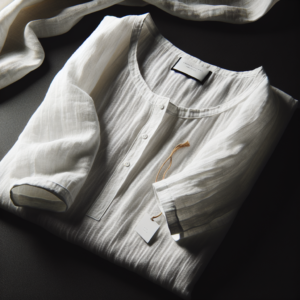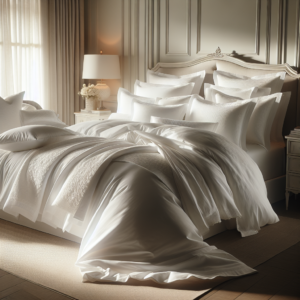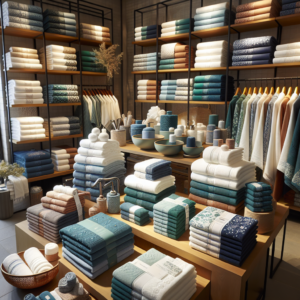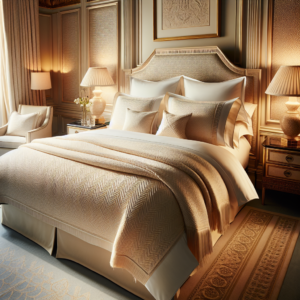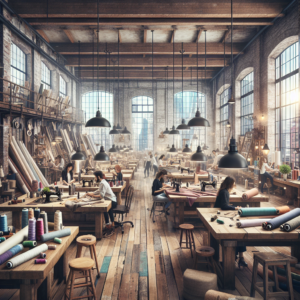The Evolution of Regency Bed Linen: From Simple to Luxurious
The Regency era, spanning from 1811 to 1820, was a time of great change and innovation in the world of bed linen. During this period, the demand for luxurious and high-quality bed linens increased significantly, leading to the evolution of the Regency bed linen industry. What started as a simple and functional household item, transformed into a symbol of wealth and status.
Before the Regency era, bed linens were primarily made from linen or cotton, and were plain and utilitarian in design. However, with the rise of the middle class and the increasing influence of fashion and style, bed linens began to take on a more decorative and luxurious form.
One of the key factors that contributed to the evolution of Regency bed linen was the Industrial Revolution. With the invention of new machinery and techniques, the production of bed linens became more efficient and cost-effective. This allowed for a wider range of materials to be used, such as silk, satin, and damask, which were previously only available to the wealthy elite.
The demand for luxurious bed linens was also fueled by the rise of the Regency fashion and interior design trends. The Regency period was known for its opulence and extravagance, and this was reflected in the design of bed linens. Elaborate patterns, intricate embroidery, and rich colors became the norm, as people sought to emulate the luxurious lifestyles of the upper class.
One of the most significant developments in the Regency bed linen industry was the introduction of the four-poster bed. This grand and imposing bed frame became a popular status symbol among the wealthy, and it required equally lavish bed linens to match. Canopies, drapes, and valances were added to the bed, creating a sense of luxury and grandeur.
The popularity of the four-poster bed also led to the creation of a new type of bed linen – the bedspread. This large, decorative covering was placed over the bed, adding an extra layer of warmth and comfort. Bedspreads were often made from luxurious materials such as velvet, silk, or brocade, and were adorned with intricate designs and embellishments.
As the demand for luxurious bed linens continued to grow, so did the competition among manufacturers. This led to the development of new techniques and designs, as well as the use of more expensive and exotic materials. Some bed linens were even imported from countries like India and China, adding to their exclusivity and prestige.
The popularity of Regency bed linens was not limited to the upper class. The middle class also sought to emulate the luxurious lifestyle of the wealthy, and this led to the production of more affordable versions of Regency bed linens. These were often made from cheaper materials, but still featured elaborate designs and patterns, making them accessible to a wider audience.
In addition to the evolution of materials and designs, the Regency era also saw a shift in the way bed linens were cared for. With the introduction of new cleaning methods and products, bed linens were no longer seen as a functional item that needed to be replaced frequently. Instead, they were treated as valuable and delicate pieces that required special care and attention.
In conclusion, the Regency era marked a significant turning point in the history of bed linens. From simple and functional items, they evolved into luxurious and decorative pieces that were highly sought after by the wealthy and middle class alike. The advancements in technology, changes in fashion and design, and the desire for status and opulence all played a role in the evolution of the Regency bed linen industry. Today, these bed linens are still admired for their beauty and craftsmanship, and continue to be a symbol of luxury and sophistication.
Behind the Scenes: The Production Process of Regency Bed Linen
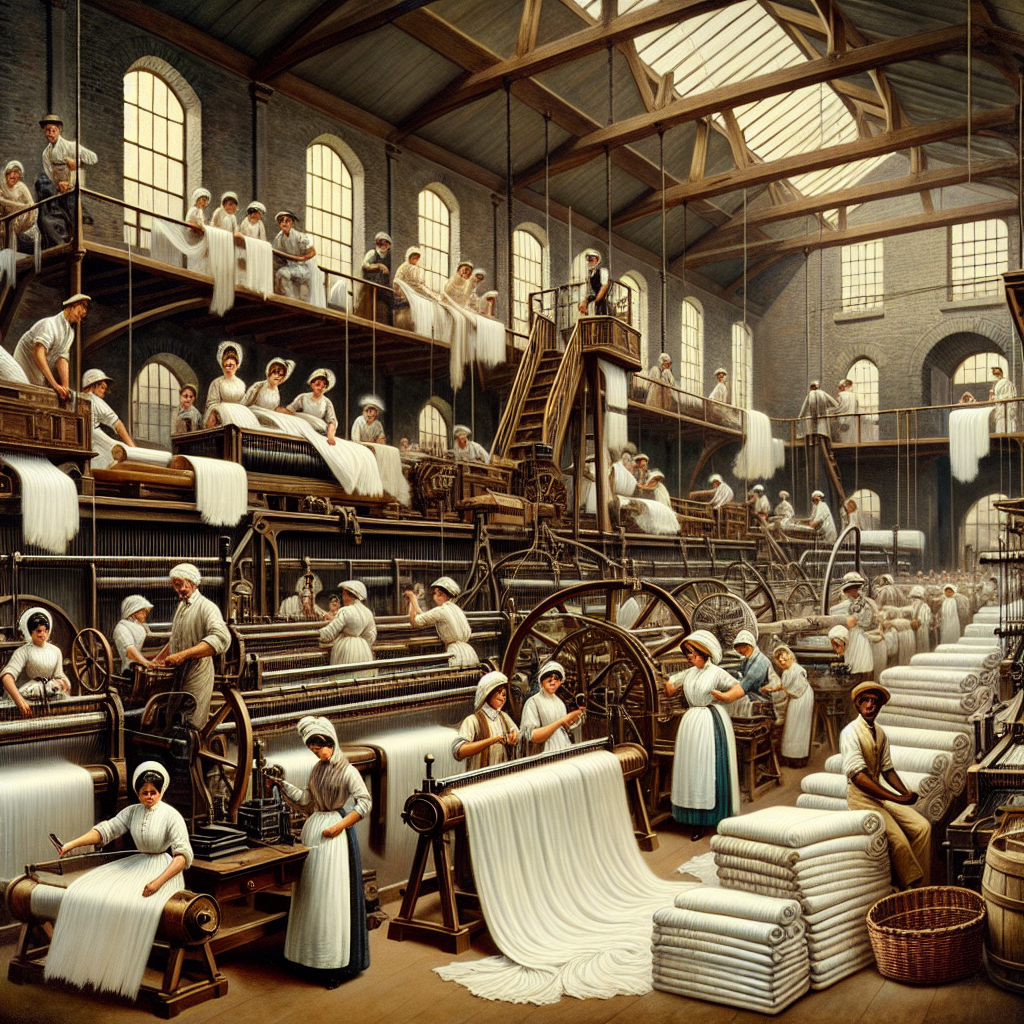
The regency bed linen industry is a highly competitive and lucrative market, with a long history of producing luxurious and high-quality bedding. Behind the scenes, there is a complex and intricate production process that goes into creating these luxurious linens. From sourcing the finest materials to the final packaging, every step is carefully planned and executed to ensure the highest quality product for customers.
The first step in the production process of regency bed linen is sourcing the materials. The quality of the materials used is crucial in creating a luxurious and durable product. The most commonly used material for regency bed linen is Egyptian cotton, known for its softness and durability. However, other materials such as silk, linen, and bamboo are also used, depending on the desired texture and feel of the final product.
Once the materials are sourced, they go through a rigorous quality control process. This involves testing for factors such as thread count, fabric strength, and colorfastness. Only the highest quality materials make it through this process and are deemed suitable for use in regency bed linen.
After the materials have been approved, they are sent to the weaving process. This is where the fabric is created by interlacing the threads together. The weaving process is a delicate and time-consuming one, as it requires precision and attention to detail. The type of weave used can also affect the final product, with options such as percale, sateen, and jacquard being popular choices for regency bed linen.
Once the fabric has been woven, it is then sent to the dyeing process. This is where the fabric is colored to achieve the desired shade. The dyeing process is a crucial step in creating regency bed linen, as it can greatly affect the overall look and feel of the final product. The fabric is carefully dyed to ensure an even and consistent color throughout.
After the fabric has been dyed, it is then sent to the cutting and sewing process. This is where the fabric is cut into the desired sizes and shapes for different bed sizes. The sewing process is also where any additional details, such as embroidery or lace, are added to the bed linen. This step requires skilled and experienced seamstresses to ensure that every piece is crafted with precision and attention to detail.
Once the bed linen has been cut and sewn, it goes through a final quality control check. This involves inspecting each piece for any defects or imperfections. Any pieces that do not meet the high standards of the company are discarded, ensuring that only the best products make it to the market.
The final step in the production process is packaging and distribution. The bed linen is carefully folded and packaged, often with tissue paper and ribbons, to give it a luxurious and elegant touch. It is then shipped to retailers or directly to customers, ready to be used and enjoyed.
In conclusion, the production process of regency bed linen is a detailed and intricate one, involving multiple steps and skilled workers. From sourcing the finest materials to the final packaging, every aspect is carefully planned and executed to create a luxurious and high-quality product. Behind the scenes, there is a team of dedicated individuals working tirelessly to ensure that customers receive the best regency bed linen for their homes.
The Impact of Regency Bed Linen on Interior Design and Home Decor
The Regency era, spanning from 1811 to 1820, was a time of elegance, luxury, and refinement. This period in British history was marked by the reign of King George IV, who was known for his extravagant lifestyle and love for all things opulent. One of the industries that flourished during this time was the bed linen industry, which played a significant role in shaping the interior design and home decor of the Regency period.
During the Regency era, bed linen was not just a functional item but also a status symbol. The wealthy and elite of society would spare no expense in adorning their beds with the finest and most luxurious linens. This trend was heavily influenced by the French, who were renowned for their exquisite taste in interior design. The French style of bed linen, with its intricate embroidery, delicate lace, and high-quality fabrics, became highly sought after in Regency England.
The impact of Regency bed linen on interior design and home decor was evident in the grand homes and palaces of the aristocracy. The bedchambers of these lavish residences were adorned with sumptuous fabrics, ornate bed frames, and elaborate canopies. The bed linens were often custom-made and featured intricate designs and patterns, showcasing the wealth and status of the owner. The use of rich colors, such as deep reds, purples, and gold, was also a prominent feature of Regency bed linen, adding to the overall opulence of the room.
The popularity of Regency bed linen was not limited to the upper class. The middle class also embraced this trend, albeit on a smaller scale. While they could not afford the same level of luxury as the aristocracy, they still strived to emulate the style and elegance of the upper class. This led to the production of more affordable versions of Regency bed linen, making it accessible to a wider audience.
The impact of Regency bed linen was not limited to the bedroom. It also influenced the overall interior design and home decor of the Regency period. The use of luxurious fabrics, such as silk, velvet, and damask, extended beyond the bedroom and into other areas of the home. These fabrics were used to create draperies, upholstery, and even wallpaper, adding a touch of elegance and sophistication to every room.
The popularity of Regency bed linen also had a significant impact on the textile industry. The demand for high-quality fabrics and intricate designs led to the development of new techniques and technologies in textile production. This, in turn, created job opportunities and boosted the economy. The textile industry became a vital part of the British economy during the Regency era, thanks in part to the popularity of Regency bed linen.
In conclusion, the impact of Regency bed linen on interior design and home decor cannot be overstated. It was a trend that not only showcased the wealth and status of the elite but also influenced the overall aesthetic of the Regency period. The use of luxurious fabrics, intricate designs, and rich colors created a sense of opulence and refinement that is still admired and emulated today. The Regency bed linen industry not only shaped the interior design of the era but also had a lasting impact on the textile industry and the economy as a whole.

